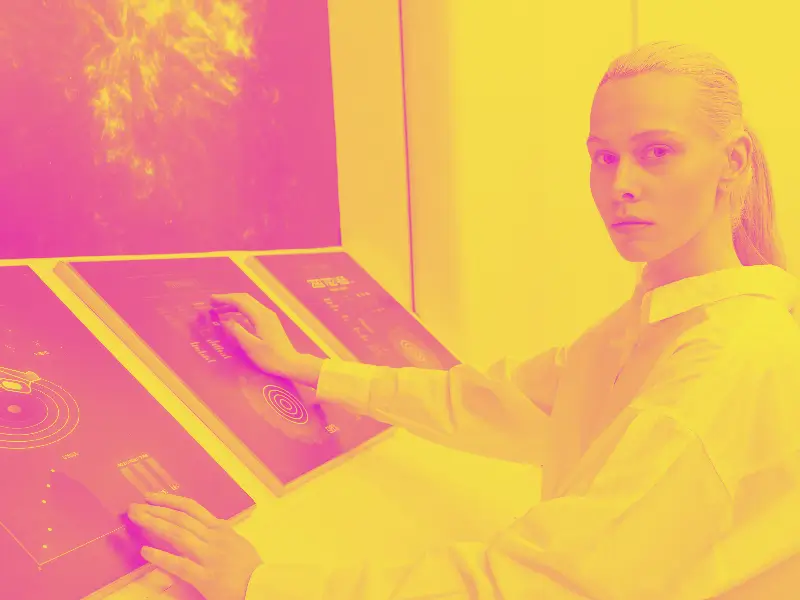This article is part of a series titled “AI in Radiology: Applications, Challenges, and Ethical Implications” which comprises 4 articles and 1 use-case. Dive deeper into the series to explore the transformative impact of AI in the field of radiology.
- “Streamlining Radiology with AI: A Breakdown of How Artificial Intelligence is Revolutionizing the Workflow.“
- “Implementing AI in the radiology workflow” and Use – Case : 1 minute Interview: “Successfully Implementing AI in Radiology Workflow: Insights from a Healthcare Professional“
- “Challenges when implementing AI in value-based radiology“
- “Ethical Considerations of Implementing AI in Value-based Radiology“.
Streamlining Radiology with AI: A Breakdown of How Artificial Intelligence is Revolutionizing the Workflow
Artificial intelligence (AI) in radiology has the potential to revolutionize the way radiologic images and information are acquired, interpreted, and reported. By integrating AI systems, such as computer-aided detection and diagnosis (CAD) software, into the radiology workflow, radiologists can improve the efficiency and accuracy of their work.
In the acquisition stage of the radiology workflow, AI can optimize imaging protocols and ensure that high-quality images are obtained. This can include adjusting the parameters of imaging equipment, selecting the appropriate imaging modality, and identifying and correcting image artifacts. AI can also adjust the radiation dose and minimize over-exposure risk while still producing diagnostic-quality images. This can help to reduce the number of repeat imaging studies and improve patient outcomes.
During the interpretation stage, AI-powered CAD software can prioritize patient cases based on urgency and potential for critical findings, allowing radiologists to focus on the most important cases. AI can also facilitate the retrieval of past images and studies for comparison and to identify the progression of a disease or injury over time. AI can also analyze images and identify potential abnormalities like tumors or fractures. The radiologist can review the AI’s findings and make a final diagnosis. This can help reduce the workload and improve the accuracy of diagnoses, especially for follow-up, complex or subtle abnormalities that might be difficult for a radiologist to identify.
AI can generate structured reports in the reporting stage, including relevant information such as measurements, findings, and recommendations. This can reduce the time and effort required for radiologists to create reports and improve their consistency and accuracy. These structured reports can easily be shared with referring physicians to facilitate communication and coordination of care. This can help to improve the speed and accuracy of diagnoses and reduce the risk of errors.
AI can be an educational tool for radiologists, providing them with interactive simulations and virtual cases to help improve their diagnostic skills.
Overall, the integration of AI systems into the radiology workflow has the potential to improve the efficiency and accuracy of the radiology workflow. By automating specific tasks and assisting radiologists in identifying and interpreting images, AI can help to reduce the risk of errors and improve patient outcomes. However, it is essential to note that AI is not meant to replace radiologists but is intended to assist and support radiologists with their work. With the aid of AI, radiologists can work more efficiently and effectively, leading to better patient care.
